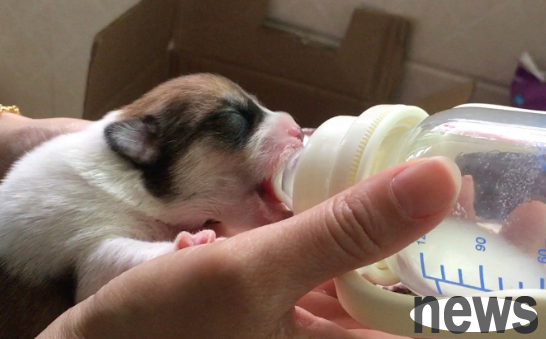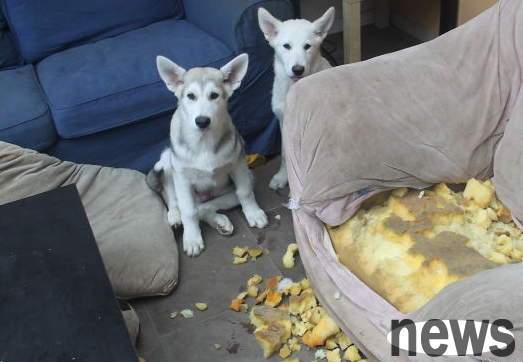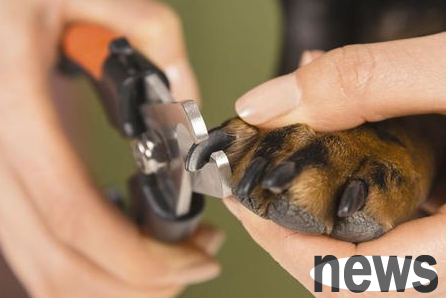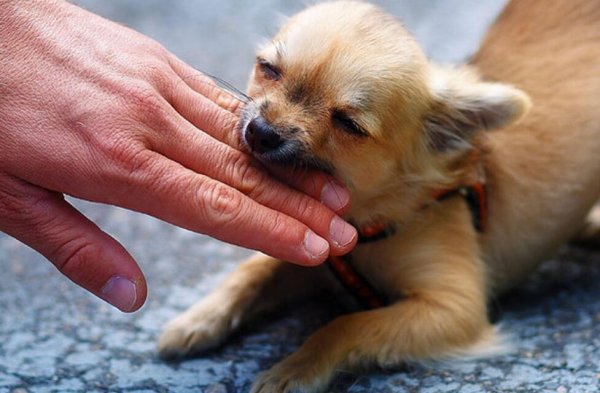Instructions for feeding dogs at each stage, detailed guide to nanny level ~
The feeding methods at each stage are different from childhood to adulthood to middle age. So, I specially compiled a nanny-level tutorial for the novice shoveler. Come and get it~

1~March
Features of the stage: very fast development and high calorie demand. The stomach capacity is small, the digestive system is not fully developed, and a small amount of meals is needed. Dietary Note:
1. When a puppy is born, it needs to eat breast milk
2. After weaning, you can start eating liquid food
3. If you have digestive problems, you can feed probiotics
Feed 4 to 5 times a day
3~June
Stage features:
The body begins to develop rapidly, eat extensively, and teeth changing, and teeth grinding behavior appears
Dry food
2. Cooked beef, chicken, vegetables, etc. can be added to dog food together to mix
3. Nutrients such as calcium powder can be added. Feeding frequency: 3 to 4 times a day
June to August
Stage features:
Skeletal muscles develop rapidly, protein and calcium demand increases, and hair changes begins to lose hair.
Dietary Note:
1. Appropriately increase protein foods and supplements of various vitamins.
2. The feeding ratio of meat can be appropriately increased, and attention should be paid to the intake of vitamins and trace elements. Do not feed only meat.
3. Because the body grows rapidly, pay attention to calcium supplementation to prevent development from being hindered by calcium deficiency.
Feeding frequency:
Feed 3 times a day
August ~1 year old
Stage features:
Body size is close to that of an adult dog, but the internal organs are still growing and developing.
Dietary Note:
1. Continue to feed the dog enough nutritious food.
2. Appropriately increase vegetables and fruits to promote the digestive and absorption function of dogs.
3. Can be replaced with dog food.
Feeding frequency:
2~3 times a day
1-8 years old
Stage features:
The dog's diet needs to be adjusted according to age, exercise volume, and physical condition. Dogs with high exercise consume a lot of energy and need to replenish more calories.
Diet Note:
1. If the dog is thin, first confirm whether there are insects in the dog's body, and then supplement with more protein and fat.
2. If a fat dog is a fat dog, it is necessary to increase the exercise volume of the dog and control its diet to avoid causing illness due to being too fat.
Feeding frequency:
Two times a day, once in the morning and evening, once in the morning and evening, stage characteristics:
The functions of various organs begin to decline, and a large number of aging diseases appear, such as diabetes, cerebral degeneration, arthritis, osteoporosis, intestinal diseases, etc.
Diet Note:
1. It is necessary to supplement calcium, Ω-3, antioxidants, crude fiber and other nutritional products.
2. Reduce the portion of each meal in moderation and feed more vegetables and fruits so that the dog can consume more vitamins.
Feeding frequency:
2 times a day




